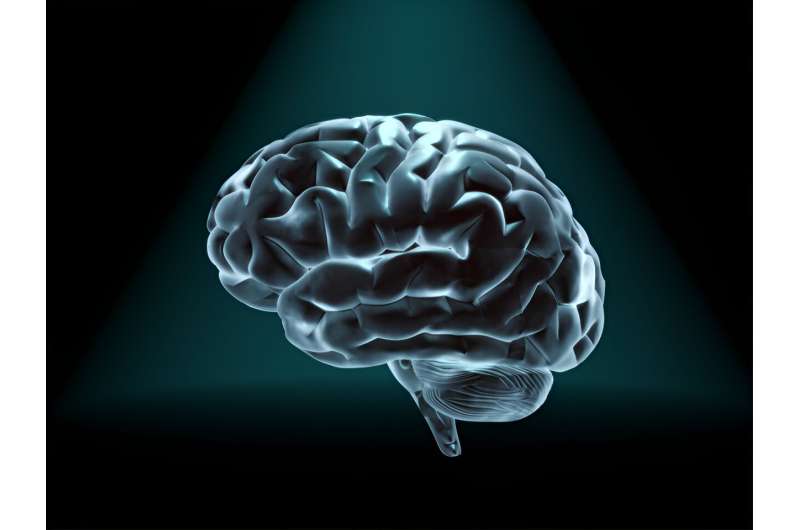This article has been reviewed according to Science X's editorial process and policies. Editors have highlighted the following attributes while ensuring the content's credibility:
fact-checked
peer-reviewed publication
trusted source
proofread
New guidance issued on the determination of brain death

New guidance has been issued for clinicians on the determination of brain death, also known as death by neurologic criteria. A new consensus practice guideline, developed through a collaboration between the American Academy of Neurology (AAN), the American Academy of Pediatrics (AAP), the Child Neurology Society (CNS), and the Society of Critical Care Medicine (SCCM) is published in the October 11, 2023, online issue of Neurology.
This guideline updates the 2010 AAN adult practice guidelines and the 2011 AAP/CNS/SCCM pediatric practice guidelines on the determination of brain death. Because of a lack of high-quality evidence on the subject, the experts used an evidence-informed consensus process to develop the guideline.
"Until now, there have been two separate guidelines for determining brain death, one for adults and one for children," said author Matthew P. Kirschen, MD, Ph.D., FAAN, of the Children's Hospital of Philadelphia, and a member of the Child Neurology Society and the Society of Critical Care Medicine. "This update integrates guidance for adults and children into a single guideline, providing clinicians with a comprehensive and practical way to evaluate someone who has sustained a catastrophic brain injury to determine if they meet the criteria for brain death."
Brain death is a state in which there is complete and permanent cessation of function of the brain in a person who has suffered catastrophic brain injury.
"Brain death means that clinicians cannot observe or elicit any clinical signs of brain function," said author David M. Greer, MD, FAAN, FCCM, of Boston University in Massachusetts. "Brain death is different from comatose and vegetative states. People do not recover from brain death. Brain death is legal death."
The consensus practice guideline outlines the standardized procedure for trained clinicians to evaluate people for brain death. As part of this procedure, clinicians perform an evaluation to determine whether there is any clinical functioning of the brain and brainstem, including whether the person breathes on their own. Brain death is declared if a person has a catastrophic brain injury, has no possibility of recovering any brain function, is completely unresponsive, does not demonstrate any brain or brainstem function, and does not breathe on their own.
This guideline includes updates on the prerequisites for brain death determination, the examination and the examiners, apnea testing and ancillary testing.
"Right now, brain death determination policies vary among hospitals across the U.S. and worldwide, and a standardized approach is necessary," said author Ariane Lewis, MD, FAAN, of NYU Langone Medical Center in New York City. "This guideline provides a highly rigorous and structured approach to brain death evaluation and determination. It is recommended that hospital administrators ensure that their hospital's brain death determination policies are updated to be consistent with this new guideline."
"The American Academy of Pediatrics appreciates the development of this consensus guideline, which took many hours of careful and evidence-based consideration," said author Sonia Partap, MD, FAAP, of Stanford University in California. "Any child's death is never short of devastating. Pediatricians share a special relationship and trust with their patients and this guideline is to ensure we help families walk through the most difficult circumstances."
"Guidelines should speak to the full community that will be applying them in practice," said author Lori Shutter, MD, of the University of Pittsburgh in Pennsylvania, and a member of the Society of Critical Care Medicine. "The authorship of this guideline addresses that by including representatives from both academic and community settings and with a wide variety of specialties, including critical care, neurology and pediatrics. This document can guide care across the spectrum of clinical needs."
More information: David M. Greer et al, Pediatric and Adult Brain Death/Death by Neurologic Criteria Consensus Guideline, Neurology (2023). DOI: 10.1212/WNL.0000000000207740 , dx.doi.org/10.1212/WNL.0000000000207740
As part of the guideline, a digital application has been developed to walk clinicians through the process of brain death determination. It is available for free on AAN.com.



















